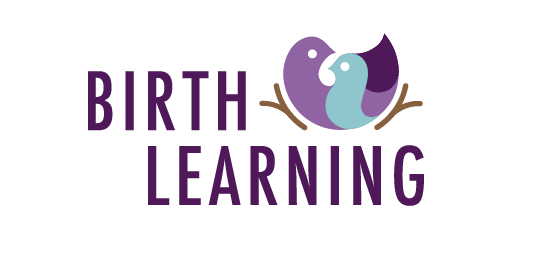If you are giving birth in a hospital there will be a birthing bed in your room. Remember, it is not just for lying in! Actually, lying in bed during labor, especially on your back, is the most uncomfortable position to be in. A hospital bed can be put in many different positions for comfort. Get to know the buttons and controls on the bed. It can go up, down, bend in thirds, have the head up at a 90 degree angle, have the feet down. A squat bar can be added to the bed. There are foot rests under the bed and often a handles in a variety of places on the bed. A very useful position for the bed is to put the head all the way up and the laboring woman kneels on the bed, facing the head of the bed and leans onto the raised head for support. In this position her support team can easily access her back for comfort measures and being on hands and knees is a great position for fetal rotation and comfort. The bed can also be put into a “throne” position with the feet down and the head raised; the mother can easily get into a modified squatting position in this manner. A birth ball can be covered and placed on a flat bed for a woman to lean onto. Side-lying in the bed can be comfortable, supported by pillows. Try to avoid lying flat on the back as it is uncomfortable and not helpful to the mother’s circulation or the position of the baby. The bed can also be used to lean on when the mother is standing on the floor. The entire bed can be raised to a counter-type height. Many women find comfort in placing their arms on the bed and leaning over with their feet spread wider than their hips,
Whispers of Hope: Nurturing Life Amidst the Shadows of Loss
This time of year has me thinking of a bittersweet story in my doula career. We had a client who was due with her first baby in mid-February. On December 21 she presented with preeclamptic symptoms that warranted an early induction at 33 weeks gestation. This client...



